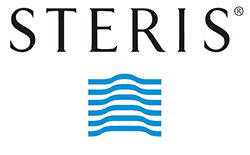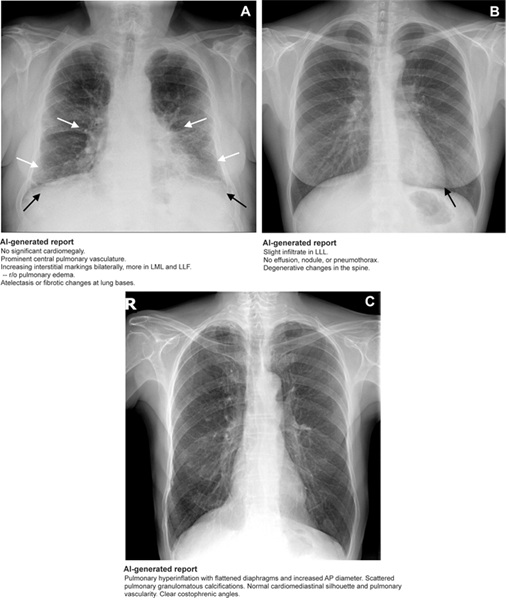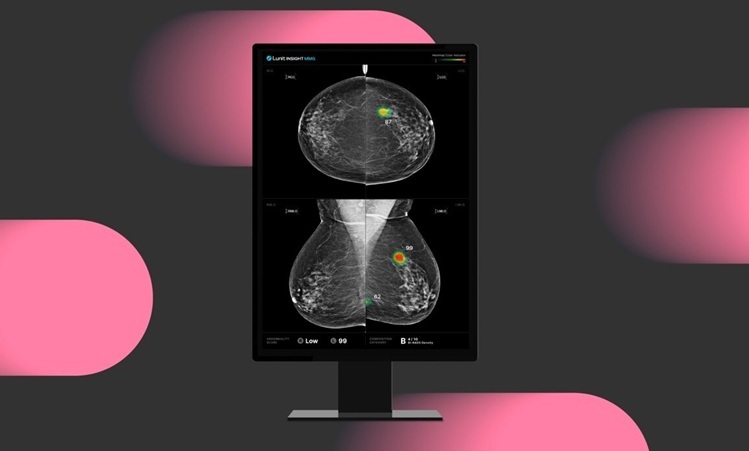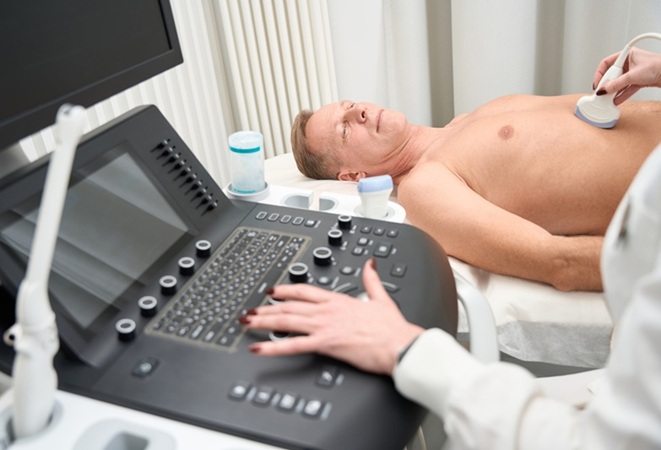Comprehensive CT Scans Could Identify Atherosclerosis Among Lung Cancer Patients
|
By MedImaging International staff writers Posted on 17 Feb 2025 |

Heart disease and cancer are the leading causes of death in the United States. Smoking is a shared risk factor for both lung cancer and cardiovascular disease, and individuals with lung cancer who also have pre-existing cardiovascular conditions face an increased mortality risk. Some treatments for lung cancer, such as radiation therapy, may further elevate the risk of developing heart disease in these patients. A new study has found that several cardiovascular risk factors, including advanced age and a history of smoking, are common among lung cancer patients at the time of diagnosis and contribute to their risk of future heart disease. This underscores the need for comprehensive assessments of this vulnerable group to enhance survival outcomes and the overall quality of care for cancer patients.
In the study, researchers at the University of South Alabama (Mobile, AL, USA) examined 276 lung cancer patients at a cancer center for existing atherosclerosis using staging computed tomography (CT) scans. Atherosclerosis occurs when plaque accumulates in the arteries, potentially obstructing blood flow and leading to cardiovascular complications. The study also collected data on systolic blood pressure, diastolic blood pressure, pulse pressure, body mass index, age, sex, race, smoking history, and lung cancer type. Each patient underwent imaging as part of the evaluation and staging of their lung cancer, which included chest CT scans. The results showed that 77.9% of the participants had detectable atherosclerosis on their CT scans. Furthermore, these CT scans were also able to detect atherosclerosis in the coronary arteries through calcification in the blood vessels.
The data revealed that 47.8% of patients had a systolic blood pressure of 130 mmHg or higher, and 38% had a diastolic blood pressure of 80 mmHg or higher. Systolic blood pressure, the top number in a blood pressure reading, reflects the pressure in the arteries when the heart beats, while diastolic blood pressure, the lower number, indicates pressure in the arteries between heartbeats. Normal blood pressure should be under 120/80 mmHg. The study also found that 27.2% of participants were obese, and 88.8% were either current or former tobacco users. Smoking was identified as the most prominent cardiovascular risk factor in this group, followed by advancing age, hypertension, and obesity. While the study did not have sufficient data to assess the effects of high cholesterol or diabetes adequately, the researchers noted that these risk factors should also be considered due to their established link with cardiovascular disease. A similar analysis was conducted using CT scans to assess atherosclerosis in gynecological cancer patients starting treatment. The results showed that nearly one-third of these patients also had atherosclerosis, indicating a high prevalence of heart disease. The cardiovascular disease risk factors identified in this study are largely modifiable, suggesting potential areas for intervention.
“This study suggests it may be reasonable to consider concurrent coronary calcium scoring on imaging obtained for lung cancer staging or screening to aid in identification of atherosclerosis and earlier intervention such as lifestyle, diet and cardiac risk factor modification education,” said Christopher Malozzi, DO, lead author of the study and director of cardio-oncology services at the University of South Alabama Frederick P. Whiddon College of Medicine. “The use of imaging already available may also reduce the need for additional testing in these patients and cut down overall health care costs.”
Latest General/Advanced Imaging News
- AI Model Significantly Enhances Low-Dose CT Capabilities
- Ultra-Low Dose CT Aids Pneumonia Diagnosis in Immunocompromised Patients
- AI Reduces CT Lung Cancer Screening Workload by Almost 80%
- Cutting-Edge Technology Combines Light and Sound for Real-Time Stroke Monitoring
- AI System Detects Subtle Changes in Series of Medical Images Over Time
- New CT Scan Technique to Improve Prognosis and Treatments for Head and Neck Cancers
- World’s First Mobile Whole-Body CT Scanner to Provide Diagnostics at POC
- AI Improves Detection of Colorectal Cancer on Routine Abdominopelvic CT Scans
- Super-Resolution Technology Enhances Clinical Bone Imaging to Predict Osteoporotic Fracture Risk
- AI-Powered Abdomen Map Enables Early Cancer Detection
- Deep Learning Model Detects Lung Tumors on CT
- AI Predicts Cardiovascular Risk from CT Scans
- Deep Learning Based Algorithms Improve Tumor Detection in PET/CT Scans
- New Technology Provides Coronary Artery Calcification Scoring on Ungated Chest CT Scans
- Deep Learning Model Accurately Diagnoses COPD Using Single Inhalation Lung CT Scan
- AI Model Reconstructs Sparse-View 3D CT Scan With Much Lower X-Ray Dose
Channels
Radiography
view channel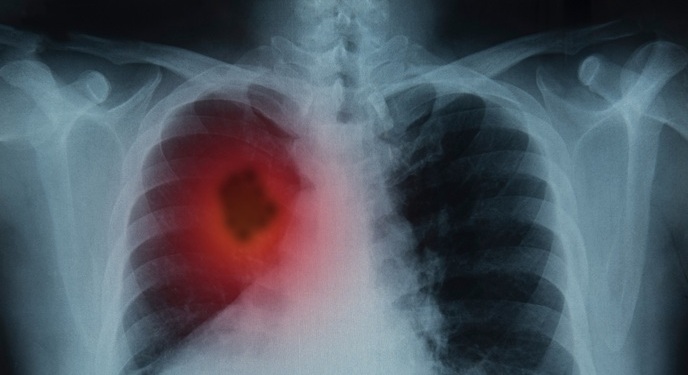
Higher Chest X-Ray Usage Catches Lung Cancer Earlier and Improves Survival
Lung cancer continues to be the leading cause of cancer-related deaths worldwide. While advanced technologies like CT scanners play a crucial role in detecting lung cancer, more accessible and affordable... Read more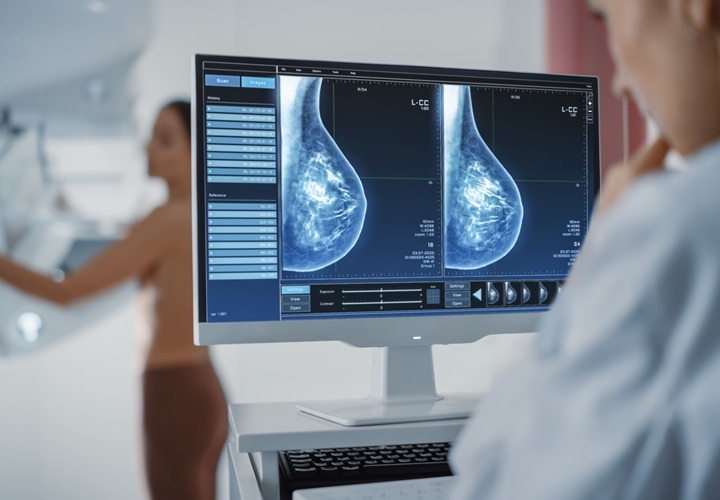
AI-Powered Mammograms Predict Cardiovascular Risk
The U.S. Centers for Disease Control and Prevention recommends that women in middle age and older undergo a mammogram, which is an X-ray of the breast, every one or two years to screen for breast cancer.... Read moreMRI
view channel
Ultra-Powerful MRI Scans Enable Life-Changing Surgery in Treatment-Resistant Epileptic Patients
Approximately 360,000 individuals in the UK suffer from focal epilepsy, a condition in which seizures spread from one part of the brain. Around a third of these patients experience persistent seizures... Read more
AI-Powered MRI Technology Improves Parkinson’s Diagnoses
Current research shows that the accuracy of diagnosing Parkinson’s disease typically ranges from 55% to 78% within the first five years of assessment. This is partly due to the similarities shared by Parkinson’s... Read more
Biparametric MRI Combined with AI Enhances Detection of Clinically Significant Prostate Cancer
Artificial intelligence (AI) technologies are transforming the way medical images are analyzed, offering unprecedented capabilities in quantitatively extracting features that go beyond traditional visual... Read more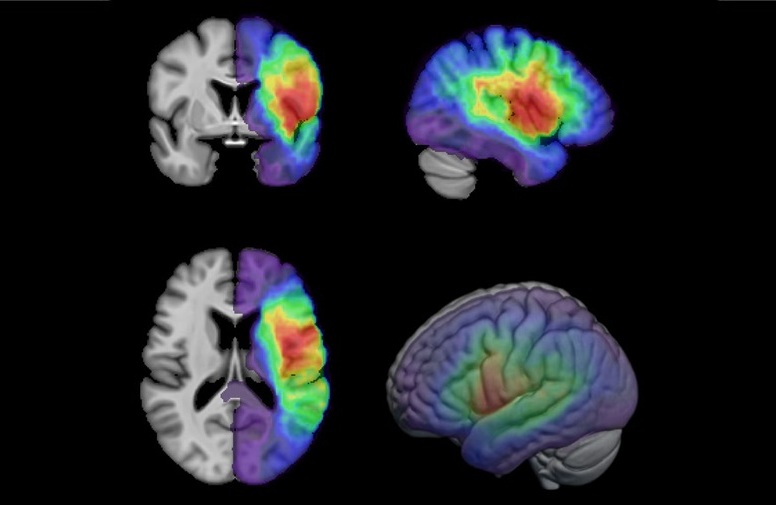
First-Of-Its-Kind AI-Driven Brain Imaging Platform to Better Guide Stroke Treatment Options
Each year, approximately 800,000 people in the U.S. experience strokes, with marginalized and minoritized groups being disproportionately affected. Strokes vary in terms of size and location within the... Read moreUltrasound
view channel
Tiny Magnetic Robot Takes 3D Scans from Deep Within Body
Colorectal cancer ranks as one of the leading causes of cancer-related mortality worldwide. However, when detected early, it is highly treatable. Now, a new minimally invasive technique could significantly... Read more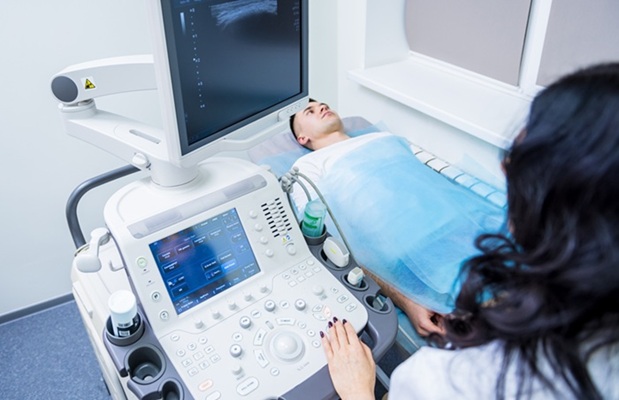
High Resolution Ultrasound Speeds Up Prostate Cancer Diagnosis
Each year, approximately one million prostate cancer biopsies are conducted across Europe, with similar numbers in the USA and around 100,000 in Canada. Most of these biopsies are performed using MRI images... Read more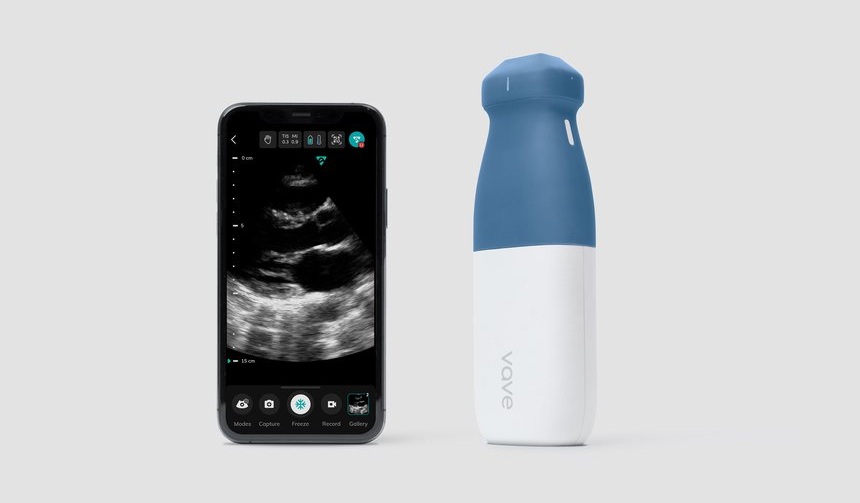
World's First Wireless, Handheld, Whole-Body Ultrasound with Single PZT Transducer Makes Imaging More Accessible
Ultrasound devices play a vital role in the medical field, routinely used to examine the body's internal tissues and structures. While advancements have steadily improved ultrasound image quality and processing... Read moreNuclear Medicine
view channel
Novel PET Imaging Approach Offers Never-Before-Seen View of Neuroinflammation
COX-2, an enzyme that plays a key role in brain inflammation, can be significantly upregulated by inflammatory stimuli and neuroexcitation. Researchers suggest that COX-2 density in the brain could serve... Read more
Novel Radiotracer Identifies Biomarker for Triple-Negative Breast Cancer
Triple-negative breast cancer (TNBC), which represents 15-20% of all breast cancer cases, is one of the most aggressive subtypes, with a five-year survival rate of about 40%. Due to its significant heterogeneity... Read moreImaging IT
view channel
New Google Cloud Medical Imaging Suite Makes Imaging Healthcare Data More Accessible
Medical imaging is a critical tool used to diagnose patients, and there are billions of medical images scanned globally each year. Imaging data accounts for about 90% of all healthcare data1 and, until... Read more
Global AI in Medical Diagnostics Market to Be Driven by Demand for Image Recognition in Radiology
The global artificial intelligence (AI) in medical diagnostics market is expanding with early disease detection being one of its key applications and image recognition becoming a compelling consumer proposition... Read moreIndustry News
view channel
GE HealthCare and NVIDIA Collaboration to Reimagine Diagnostic Imaging
GE HealthCare (Chicago, IL, USA) has entered into a collaboration with NVIDIA (Santa Clara, CA, USA), expanding the existing relationship between the two companies to focus on pioneering innovation in... Read more
Patient-Specific 3D-Printed Phantoms Transform CT Imaging
New research has highlighted how anatomically precise, patient-specific 3D-printed phantoms are proving to be scalable, cost-effective, and efficient tools in the development of new CT scan algorithms... Read more
Siemens and Sectra Collaborate on Enhancing Radiology Workflows
Siemens Healthineers (Forchheim, Germany) and Sectra (Linköping, Sweden) have entered into a collaboration aimed at enhancing radiologists' diagnostic capabilities and, in turn, improving patient care... Read more




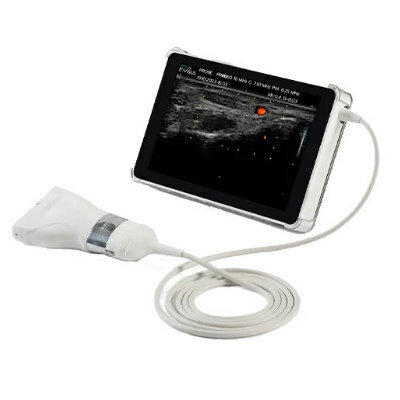

 Guided Devices.jpg)
